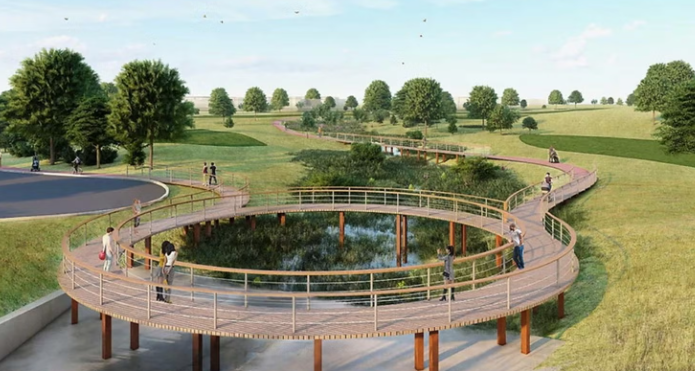Introduction
Landscape architecture plays a crucial role in shaping our environments, enhancing both aesthetics and functionality. This field combines artistry and science to create outdoor spaces that foster community, improve well-being, and promote sustainability. Exploring notable landscape architecture sites can inspire both professionals and enthusiasts alike.
Innovative Urban Parks
Urban parks are prime examples of how landscape architecture transforms city life. One standout is the High Line in New York City, a former freight rail line turned elevated park. This creative use of space not only offers a green escape amidst the urban hustle but also encourages biodiversity and supports local artists through installations. Such innovative parks serve as vital community hubs, providing a venue for relaxation, recreation, and social interaction.
Sustainable Design in Action
Sustainability is at the forefront of landscape architecture, and sites like the Eden Project in Cornwall, England, showcase this beautifully. This 35-acre garden features biomes that replicate various global ecosystems, educating visitors on biodiversity and climate change. By integrating native plant species and employing rainwater harvesting techniques, the Eden Project exemplifies how landscape architecture can promote environmental awareness while providing stunning landscapes. These sites inspire sustainable practices that can be applied in both public and private spaces.
Historic Gardens and Their Legacy
Historic gardens offer a glimpse into the artistry and philosophies of past landscape architects. The Gardens of Versailles in France stand as a monumental example, showcasing elaborate designs that emphasize order, symmetry, and perspective. These gardens have influenced countless landscapes worldwide, reflecting a deep connection to nature and art. Visiting historic gardens helps us appreciate the craftsmanship involved in landscape architecture and encourages the continuation of such traditions in modern designs.
Conclusion
Landscape architecture significantly influences our interaction with the environment, enhancing both personal and communal spaces. By exploring innovative urban parks, sustainable designs, and historic gardens, we can appreciate the depth and creativity this field offers. Whether you’re a professional or simply a lover of beautiful spaces, take the time to discover and learn from these architectural endeavors. Your next outdoor experience may just inspire you!

